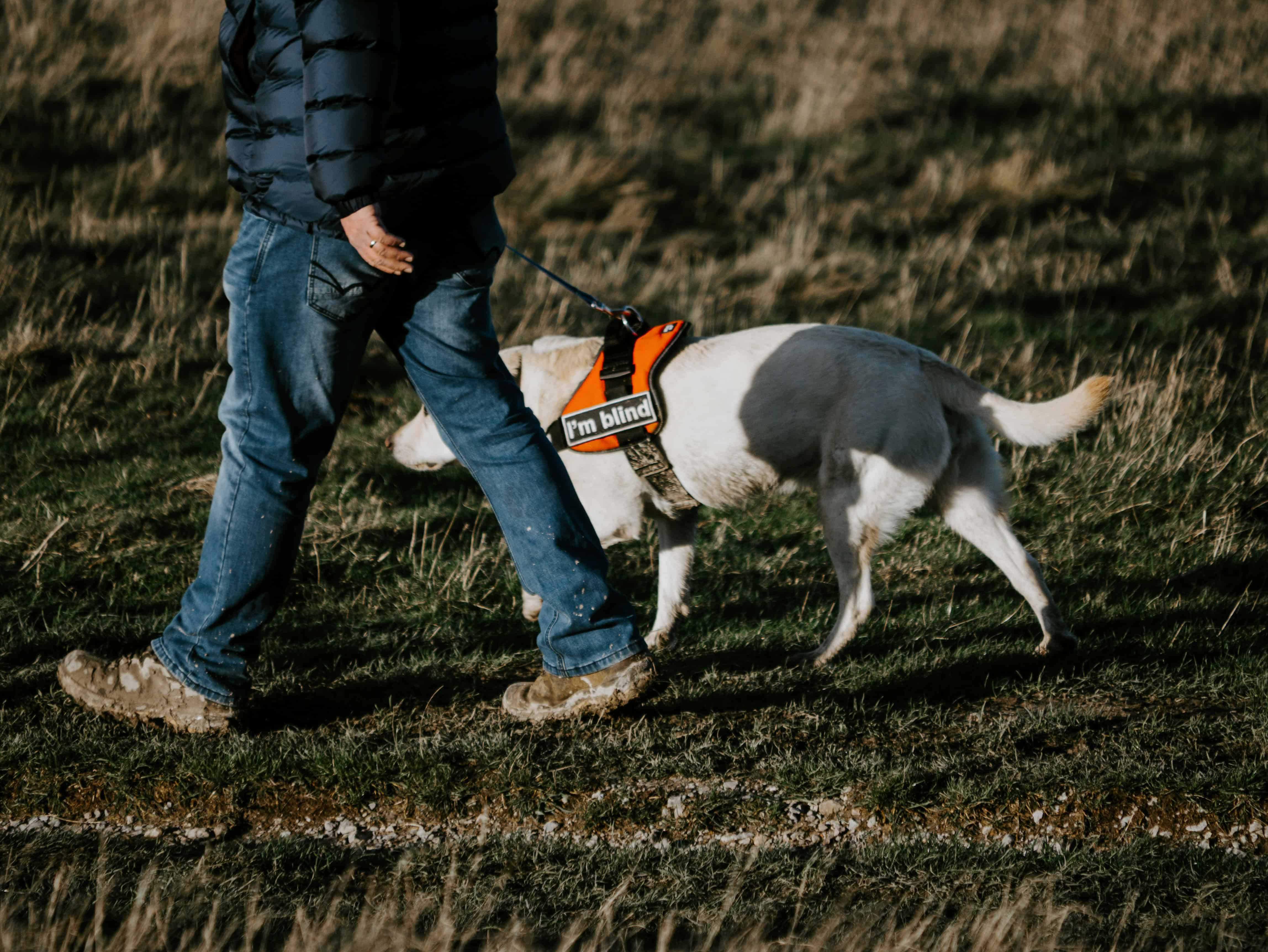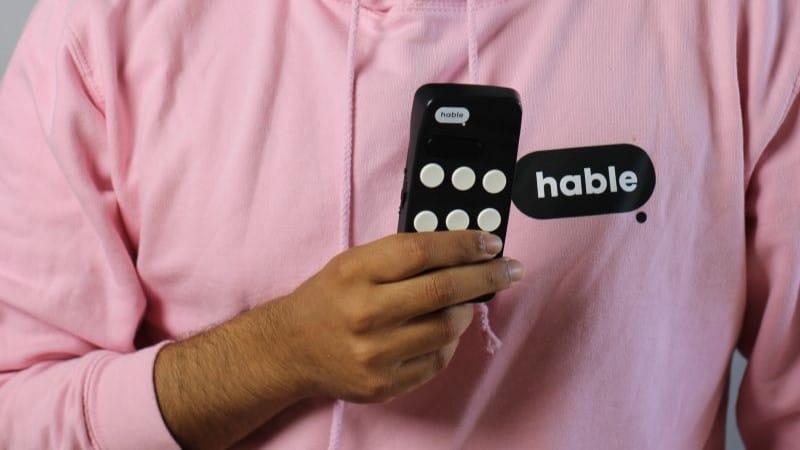
The time has almost come: the finals of the TU/e Contest. A jury of experts will judge students’ innovative ideas and then award cash prizes. We spoke to two enthusiastic teams participating in the competition. Both are working on a navigation solution for people with visual impairments.
About 300,000 people in the Netherlands are visually impaired. It is quite a challenge for them to move around safely and efficiently, both indoors and outdoors. More and more tools are coming on the market that can offer a helping hand. Two teams of ambitious students are also working on promising solutions. For them, it will be nail-biting next Thursday. Then the finals of the 10th edition of the TU/e Contest will take place.
Navigating in public buildings
Jilke Nooijen, a Bachelor’s student in Biomedical Engineering, is working with three other students from the Honors Academy on a tool for public buildings, for visually impaired people. Nooijen: “Many floors, stairs, elevators, and other obstacles: navigating a large building can be a huge challenge. And there is still no effective solution for our target group.” Reason enough for students at NaviSense to get to work. They are currently busy with an exploratory study. “We want to find out: what is currently already available on the market? What is still needed?” The students also conducted interviews with the visually impaired to find out exactly what their needs are when it comes to navigation.
“We are still at an early stage. That’s why we hesitated at first to enter the contest,” Nooijen admits. “But we think it’s super educational to talk to the outside world about what we’re doing and to gather feedback.” The survey already did reveal useful tips, says the student. “For example, we already know that people want their hands free for a cane or guide dog and that their hearing shouldn’t be completely shut off either. It is essential that they can continue to listen well to sounds in their environment.”
Exactly what NaviSense’s solution will look like remains to be seen. “But we are now thinking of a kind of portable audio guide that you hang around your neck. This contains a small speaker for instructions. Or you wear bracelets around your wrists that vibrate: left when you need to go left, right for right.” Nooijen thinks the solution will come in handy in a hospital, among other places. “How convenient would it be if someone picks up the audio guide at the front desk, indicates which department he or she is visiting, and can schedule a stop at the restrooms?”
NaviSense isn’t a startup, yet. “But who knows what’s coming next,” the student smiles. “Next year, at least, we will start working on our first prototype.”

Navigating the streets
TouchPulse also focuses on navigating outside the door. On the street, danger sometimes literally lurks around the corner. One must get by in a sea of red traffic lights, intersections, cyclists, and cars. And route planning can be a real challenge. Liam Geschwindt, Innovation Sciences student, and his teammates, think they have found a solution. Since last February, TouchPulse has officially been a startup.
“It’s pretty funny because I met my co-founder last year during the TU/e Contest. At the time, we were each other’s competitors, each busy with our own team. A year later we’ve come full circle and are pitching our idea together.”
Navigating the streets is often done with a stick or a guide dog, but technology can be a useful addition. “Not to replace the guide dog, because it also provides companionship.” In the app, which works on the basis of an AI language model, users can say where they want to go. Through an earpiece, they then receive appropriate directions. “In a way that is suitable for them, because with current technology they get directions like ‘turn left in 50 meters,’ which is difficult if you can’t see.”
The startup is working on an initial prototype. It is quite a task to come up with a product that fits seamlessly with the target audience. After all, Geschwindt and his colleagues are not visually impaired themselves. “So we had to rely mainly on imagination. We also have our trainees do assignments with a blindfold on on the street, to increase empathy.” Plus, TouchPulse interviewed visually impaired persons, and they traveled with them on the bus to see exactly what they were up against. That led to a laundry list of features to be integrated into the app, for instance: automatic instructions. In short: more than enough to do.
Recently, TouchPulse received a grant worth €30,000: a milestone for the team. Now on to the next one. “How cool would it be if we win the TU/e Contest?”

